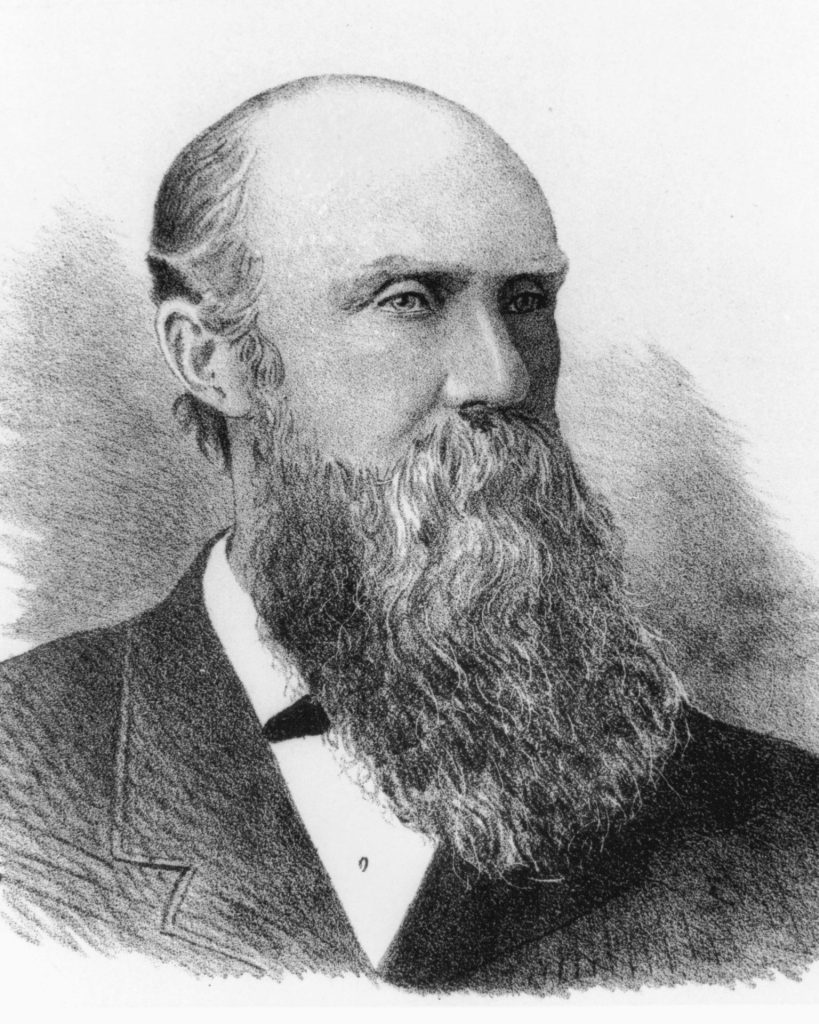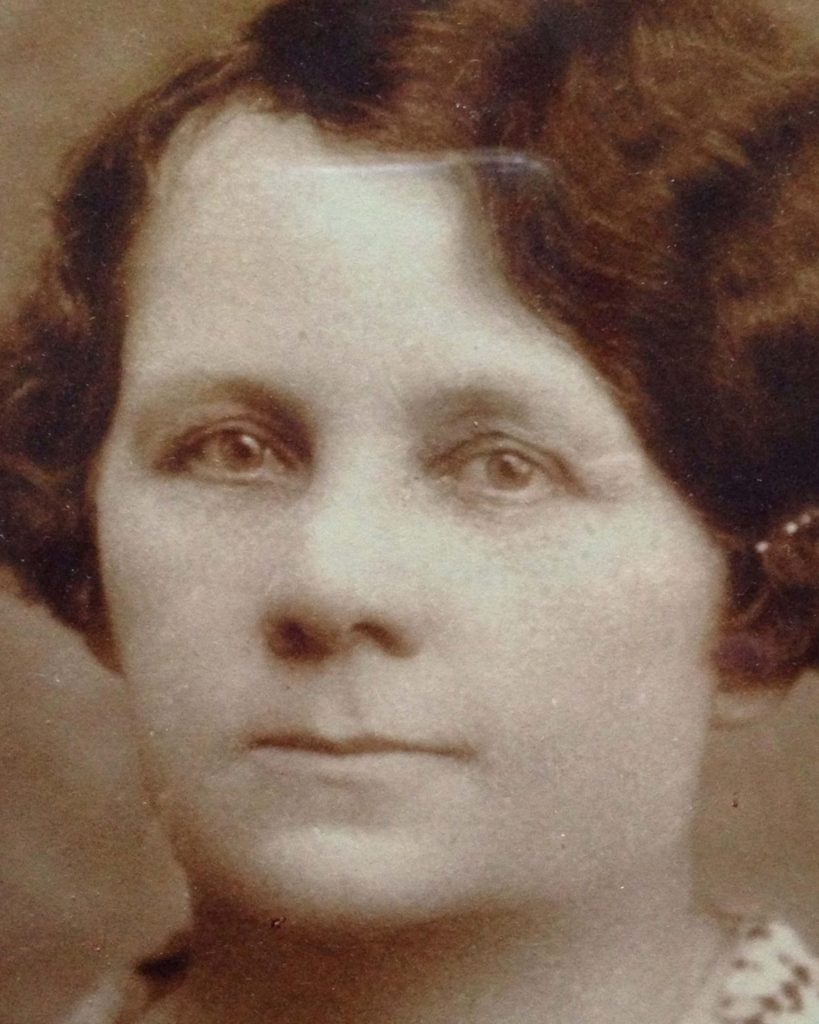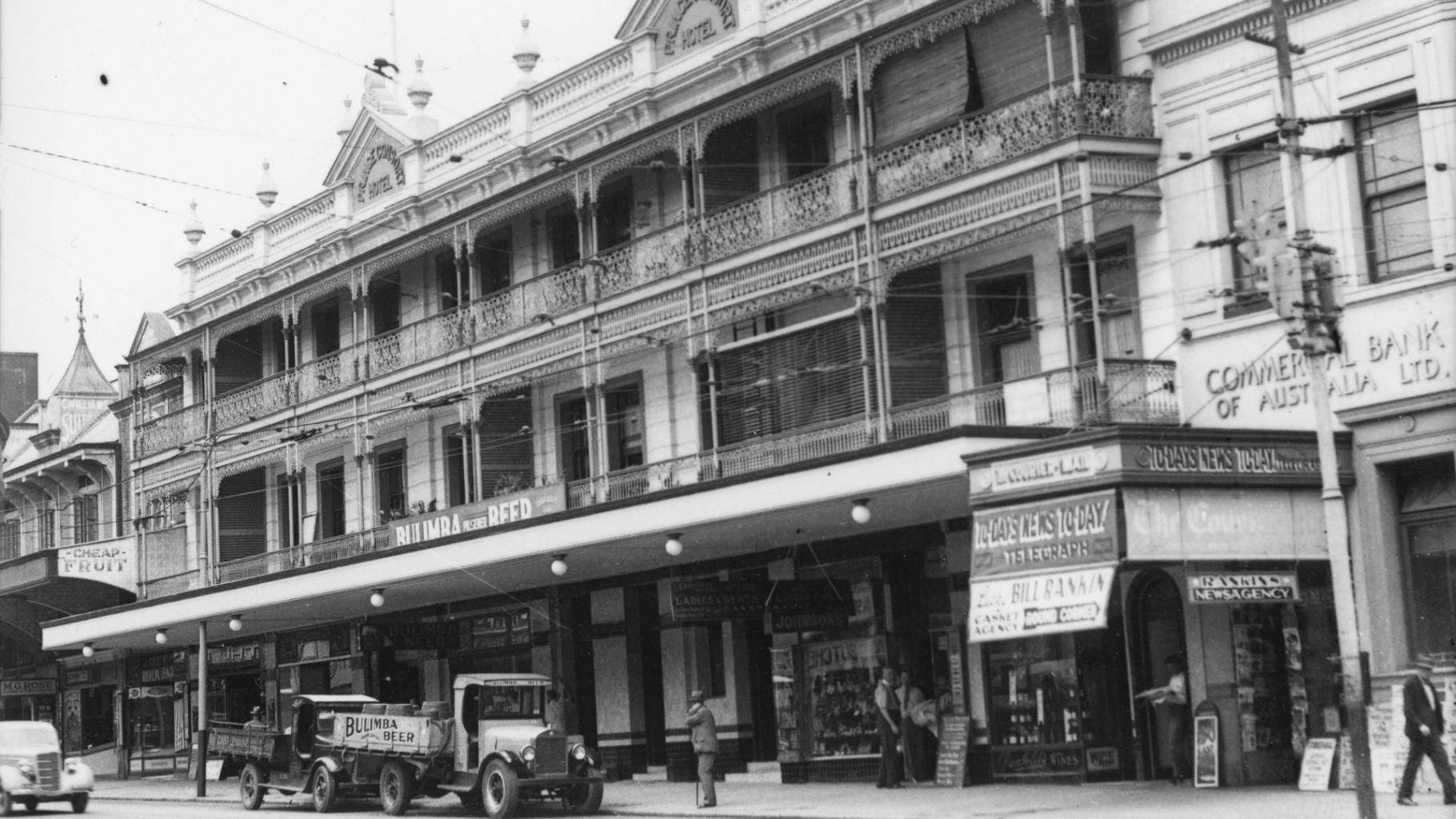
With St Patrick’s Day being celebrated this month, it’s an appropriate time to reflect on the influence of the Irish on the Prince Consort’s history.
Many people who emigrated to Queensland from Ireland during the nineteenth century ended up in the hotel trade. The Prince Consort is a perfect example: its architect, Richard Gailey, came from Ireland as did early publican Dennis O’Connor, the last of 12 children born in county Limerick. O’Connor began working life in Brisbane as a barman, building up his capital to such an extent that he eventually financed several hotels, became a director of the Queensland Brewery and owned a string of successful racehorses.
Another influential publican of Irish descent was Ida Murphy. Ipswich-born Ida and her husband Joe ran several Queensland hotels together before they took over the management of the Prince Consort in 1926. Joe’s untimely death the next year might well have spelled the end of her hotel involvement but Ida applied to have the Prince’s licence transferred to her name and continued to run it for most of the next two decades.
The Valley’s industrial and residential development had reached a peak during the 1920s but Queensland was soon swept up in the worldwide Depression which began with the Wall Street Crash of 1929. Thousands were thrown out of work and forced to reply on religious or philanthropic charities for sustenance. Others lucky to hold onto their job had their wages cut by five shillings per week. It would’ve been a tough time to run a hotel.
A number of the Valley’s hotels and department stores were refurbished as Brisbane began to emerge from the worst of the Depression. In 1935, Ida oversaw the Prince’s biggest renovations in almost 50 years. In another notable link with Ireland, the improvements were designed by John Donoghue, a local architect who could trace his family roots back to the west of Ireland.
Under Ida’s supervision, the hotel’s ground floor canopy and its supporting posts were replaced with a new cantilevered awning more than 100 feet long. The ground floor façade was remodelled using tiles, leadlight windows and glass swing doors. Inside, the layout and décor of the bars were updated and a timber-panelled guest lounge was added. The total cost of the renovations was £4 000, including nearly £1 500 for a new state-of-the-art beer refrigeration system.

Ida was evidently a ‘hands on’ manager. After the renovations, it was stated that the hotel was doing “record business” and that the interior’s new layout allowed her
to command a view of both public and private bars, as well as the bottle department. This allows for an almost instant re-arrangement of the staffs should any one bar become suddenly congested.
Having steered the hotel through the Great Depression and a major renovation, Ida was still in control when World War Two broke out in August 1939.
For the first two years of the war, Australia’s focus was squarely on its troops fighting in the Middle East and north Africa. This suddenly changed in December 1941, when Japan’s attack on Pearl Harbour brought hostilities to the Pacific and catapulted the United States into the War.
It was a period of enormous upheaval, with genuine fears of a Japanese invasion, the arrival in Brisbane of tens of thousands of Allied troops and simmering tensions between Australian and US soldiers which occasionally spilled into violence.
As well as helping keep the peace in her hotel, Ida would’ve had to keep on top of legislative changes. The Queensland Government updated the Liquor Act twice during the War. The changes amended hotel opening hours to 10am to 10pm and updated the standard of accommodation and range of food and drinks which had to be offered to patrons. Wartime emergency powers included being able to close a hotel, prevent the sale of alcohol and ban travellers and lodgers from drinking.
Ida left the Prince Consort in March 1946 to become the owner and licensee of the Plough Inn in South Brisbane.
Many female publicans led unheralded lives and died in relative obscurity. Ida Murphy was not one of these. Despite bouts of ill health she maintained an active lifestyle and travelled overseas several times. When she died in February 1952 she left a reputation for efficient hotel administration as well as a sizable estate to her surviving daughter and four grandchildren.
[By Valley-based historian Robert Allen]
References
Correspondence with Ida Murphy’s grand daughter Christine Harris
Brisbane Courier, 19 February 1927
Courier Mail, 16 September 1954
John W. East, ‘”J.P.” The Life and Career of Brisbane Architect John Patrick Donoghue (1894 – 1960)’, University of Queensland, 2017
Judy Rechner, ‘Legislation and hotels’ in Brisbane: Relaxation, Recreation and Rock ‘n’ Roll – Popular Culture 1890 to 1990.
Truth, 22 March 1936 and 28 February 1938
Telegraph, 13 February 1932


